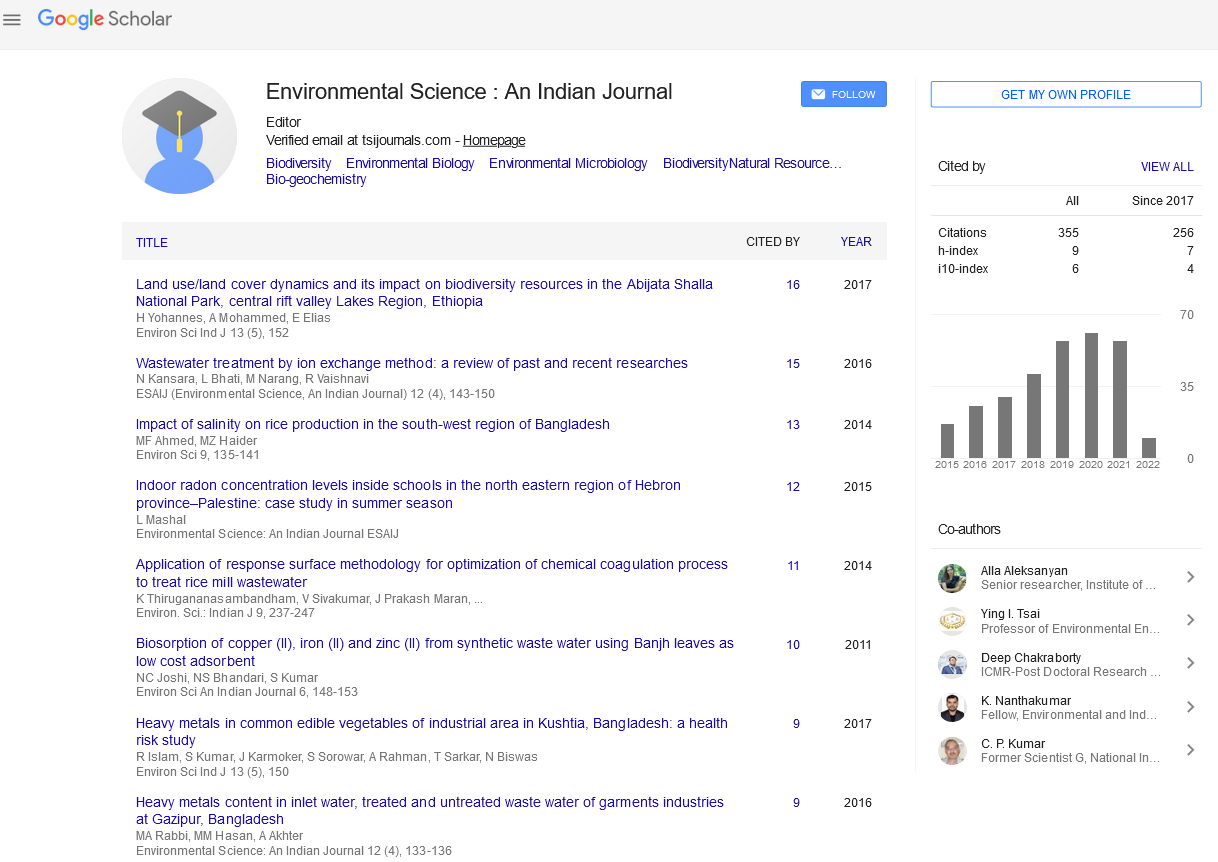Abstract
Elemental composition ofPM2.5 particles sampled in industrial and residential areas ofTaif, SaudiArabia, using energy dispersive x-ray fluorescence
Author(s): Abdallah A.Shaltout, Daifullah R.Almallway, Zuhair F.Shehadeh, Johan BomanThe present work is the first part of an initiative to evaluate the trace element composition of atmospheric aerosols PM2.5 in two different areas ofTaif city, Saudi Arabia. The influence of different inorganic matter on regional air quality has been demonstrated. Atmospheric aerosols of PM2.5 from two different sites (industrial and residential) of Taifwere collected and analyzed during June and July 2011. The industrial site was situated at the famous industrial areas in Taif whereas the residential site was situated at the most crowded street in Taif, namely Television Street.Atmospheric aerosols have been collected on polycarbonate filters loaded inside a collection cartridge in a cyclone of PM2.5. The duration of the collection was 24 hours at air flow of 3 Lmin-1. EnergyDispersive X-ray Fluorescence (EDXRF) withMo secondary target has been chosen for direct solid sampling analysis because of the relative simplicity and the availability of the technique in many routine laboratories. The use of Mo secondary target has a lot of advantages for decreasing the continuumradiation coming formthe x-ray tube. Quantitative X-rayAnalysis Software (QXAS/AXIL) has been used for the quantitative analysis of the atmospheric aerosols PM2.5. A certified reference material (#2783,Air Particulate on filtermedia, NIST,USA) has been used in order to verify the validity of the obtained results. Direct solid sampling analyses were carried out for fifteen elements using EDXRF namely; S, K, Ca, Ti, Cr, Mn, Fe,Ni,Cu, Zn, Br, Rb, Sr, Pb, and C. Themeasured concentrations of the potentially hazardous trace elements As, Cu, Sb, Cr, Mn, Ni and Pb were below the limits defined by international guidelines and national standards of ambient air quality. Further long-term research is required to validate the quantification of trace elements collected on polycarbonate filters.

